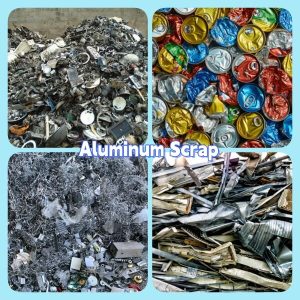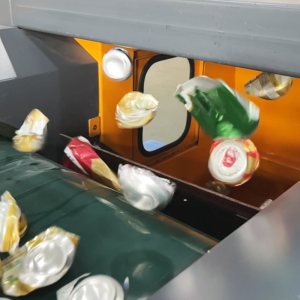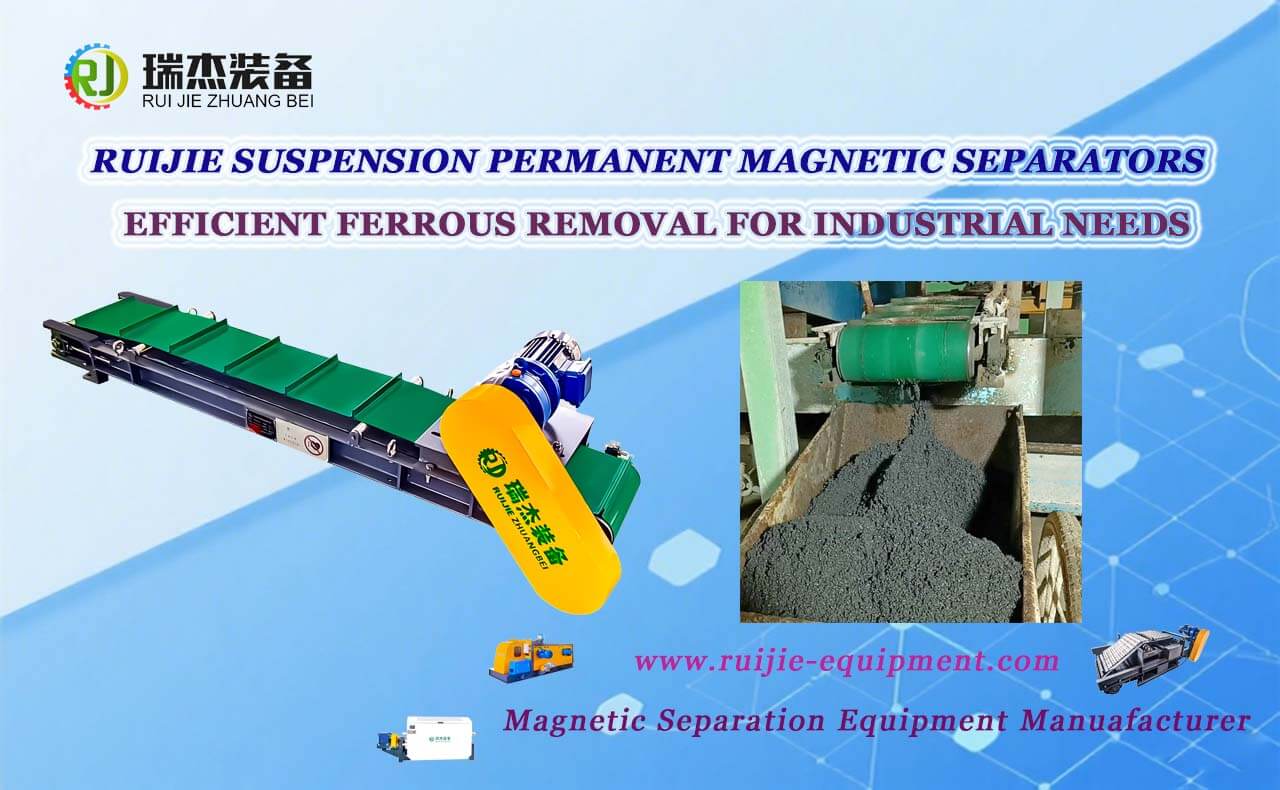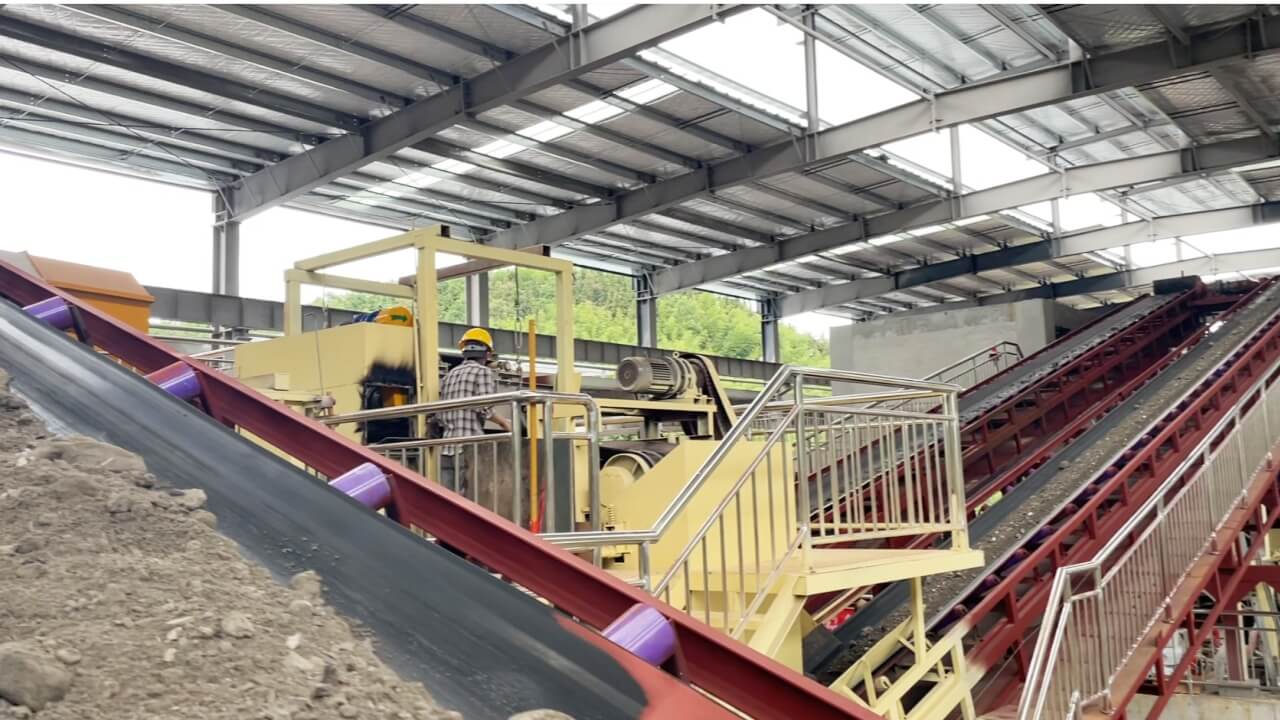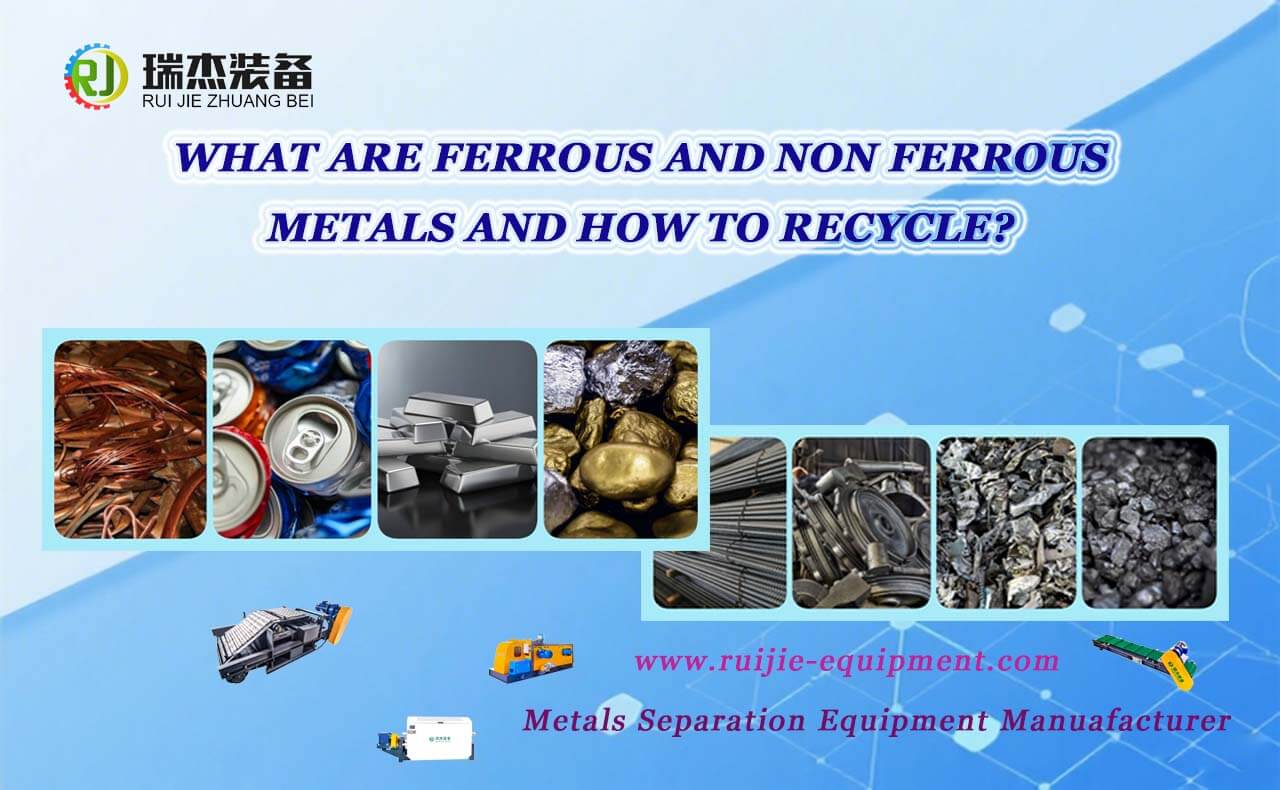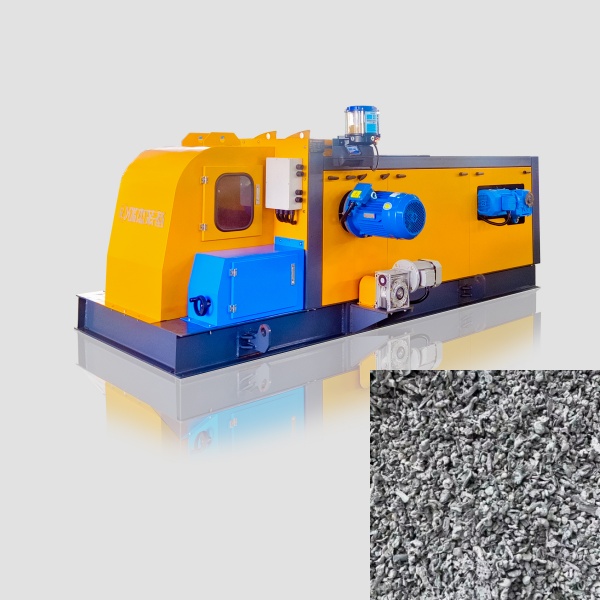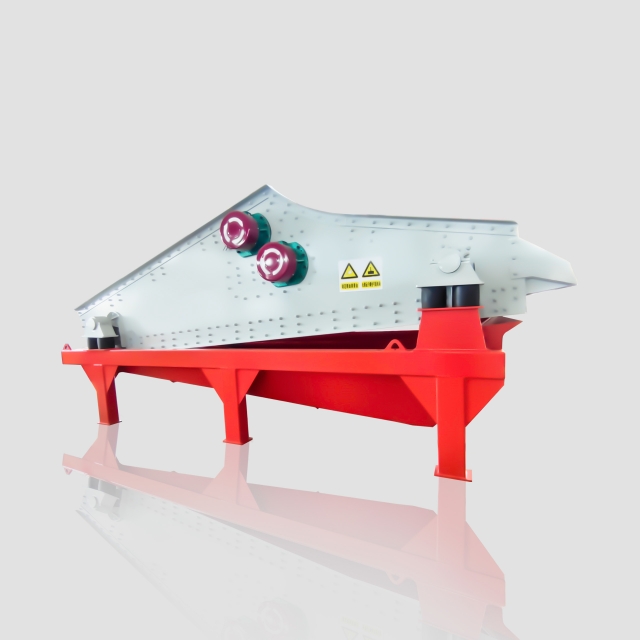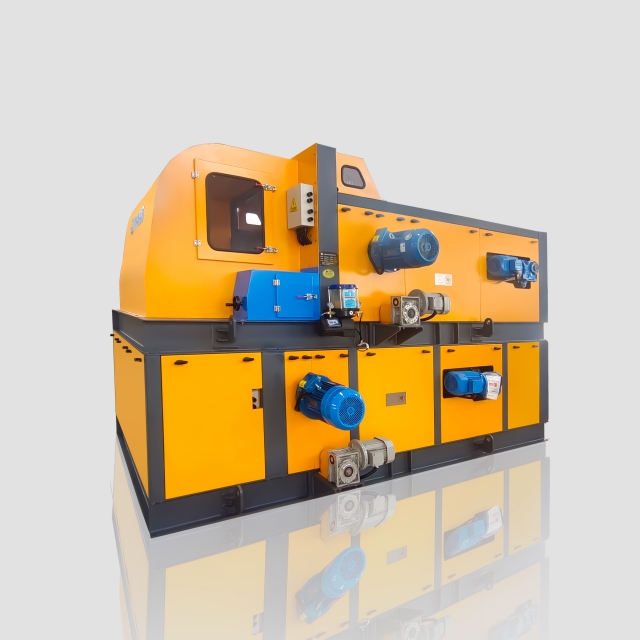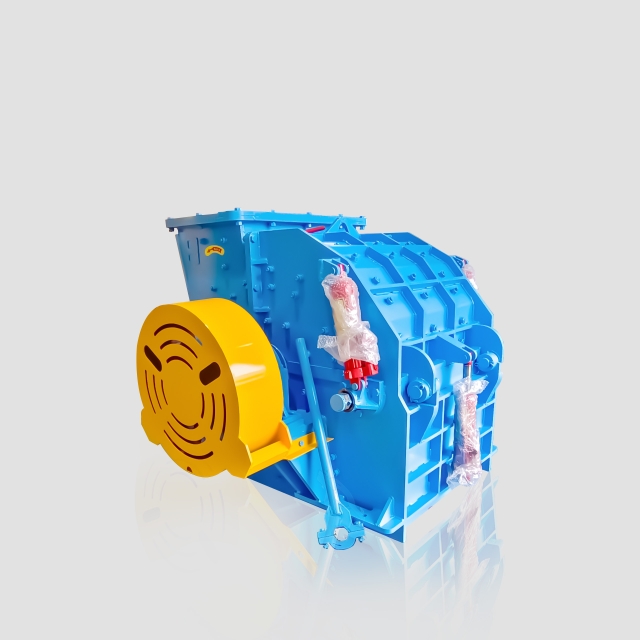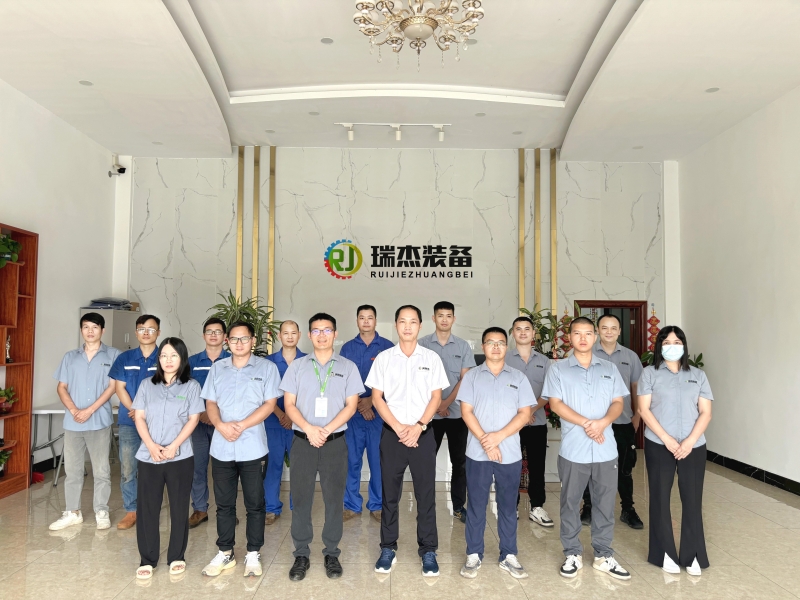Aluminum scrap refers to discarded aluminum materials that can be recycled and reprocessed into new products. It is a key component of the circular economy, valued for its high recyclability, energy efficiency, and economic potential.
Sources of Aluminum Scrap
Aluminum scrap originates from a wide range of scenarios, including industrial production and social life, and is a “treasure” to be explored in the resource circulation system.
- Industrial production waste:Edge trimmings, chips, and defective products generated during aluminum smelting and processing, such as casting scrap, rolling waste, as well as leftover materials from aluminum product manufacturing, such as construction profiles, automotive components).
- Post-consumer waste:Used aluminum products in daily life, such as beverage cans (aluminum cans), aluminum packaging materials, kitchen utensils (pots, pans, etc.), and scrapped electronic products (with aluminum casings or components).
- Construction and transportation sectors:Aluminum alloy doors/windows and curtain wall materials from demolished old buildings, as well as aluminum components from scrapped vehicles and ships (e.g., engine parts, body frames).
- Other sources:Waste aluminum furniture, medical devices, and retired aluminum parts in the aerospace field.
Primary Uses Of Aluminum Scrap
Aluminum scrap can be reuse after the process of recovery, impurity removal and refabrication, usually used in
- Industrial reproduction:Recycled aluminum ingots are used to manufacture construction profiles, automotive components, packaging materials (e.g., aluminum cans), electronic components, etc.
- Construction field:Made into aluminum alloy doors/windows, curtain walls, structural parts, or used as additives for building materials.
- Transportation industry:Used in producing automobile wheels, engine components, body panels, and lightweight parts for rail transit vehicles.
- Daily necessities:Reprocessed into aluminum kitchenware, packaging containers, furniture fittings, etc.
- Other fields:In aerospace, medical devices, etc., after strict purification, it can be used to manufacture high-end aluminum parts.
Aluminum Recycling via Eddy Current Separators (ECS)
To process the scrap for refabrication, we need crusher machine, dewatering screen, and eddy current sorter. Eddy Current Separators (ECS) are key for recovering non-ferrous metals (especially aluminum) from mixed waste streams:
- Pretreatment:Crush aluminum scrap to a suitable particle size, remove large impurities (e.g., wood, fabrics), and ensure uniform material.
- Feeding:Use a vibrating feeder to evenly transport pretreated materials onto the separator’s conveyor belt.
- Separation:As materials pass through the magnetic field area of the separator with the conveyor belt, aluminum is ejected at high speed due to eddy current effect and falls into thecollection tank; non-metallic materials fall directly along the conveyor belt.
- Collection and post-processing:Collect the separated aluminum for further purification (e.g., smelting) or direct recycling.
Market Value Of Aluminum Scrap
The market value of aluminum scrap mainly depends on material purity, recycling costs, and market supply-demand relationships, specifically:
- Resource scarcity and recycling value:Bauxite resources are limited, and recycling aluminum scrap consumes only 5%~10% of the energy required for primary aluminum production, significantly reducing costs. Pure aluminum scraps such as aluminum cans, high-purity aluminum chips, have higher market value.
- Price fluctuation factors:Affected by primary aluminum futures prices (e.g., LME aluminum price), recycling technology costs (e.g., sorting, smelting expenses), and policies (e.g., environmental regulations, recycled aluminum subsidies), prices fluctuate significantly.
Values of typical categories:
- Pure aluminum can scraps (UBC): Approximately 1,450 – 1,800 USD/ton;
- Aluminum alloy scraps (e.g., 6063 profiles): About 2,195 – 2,310 USD/ton;
- High – purity aluminum chips (purity ≥ 99%): Up to 1,800 – 2,200 USD/ton (refer to 2025 market conditions);
- Pure aluminum radiator scraps: Approximately 1,785 – 1,805 USD/ton;
- Mixed aluminum scraps (with impurities): About 800 – 1,500 USD/ton.
Aluminum scrap is generated from diverse sources, accurately recycled by eddy current separators, and releases market value through extensive uses, outlining a clear path for resource circulation. At present, with the “dual carbon” goals and resource shortages, deeply exploring the potential of waste aluminum and promoting the improvement of the recycling system will inject lasting impetus into the sustainable development of the economy, making “waste” truly a “gold mine” in the circular economy.

